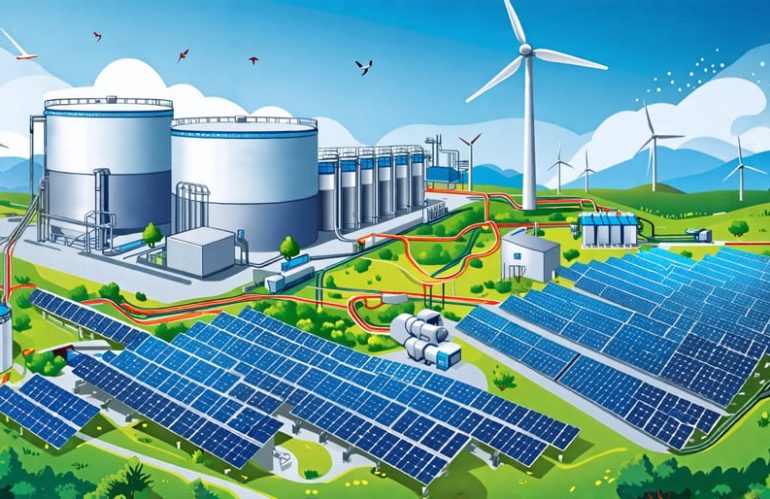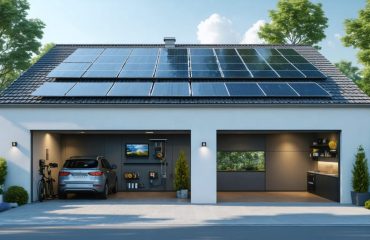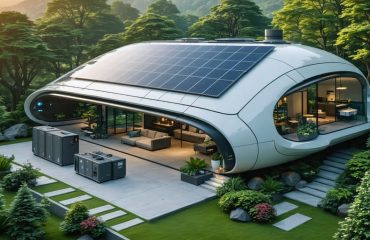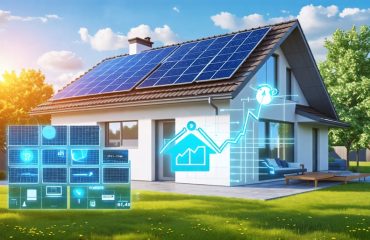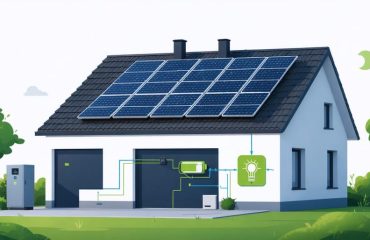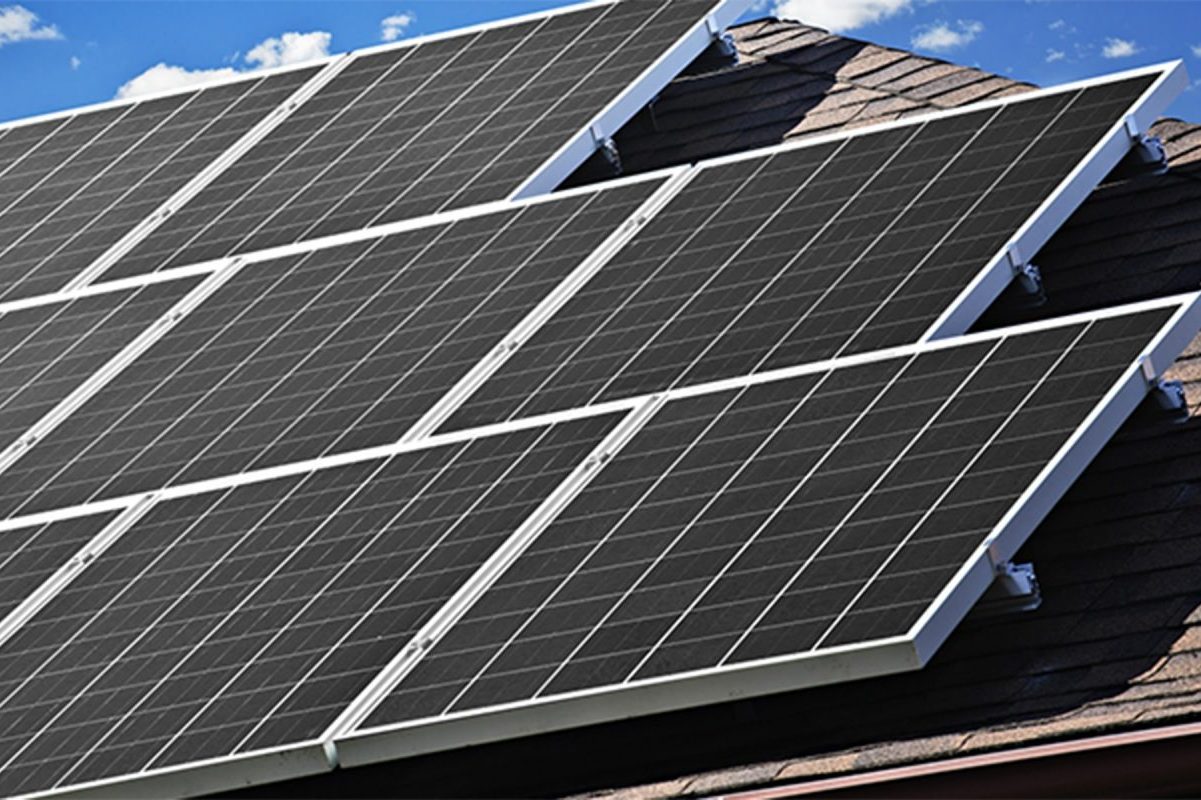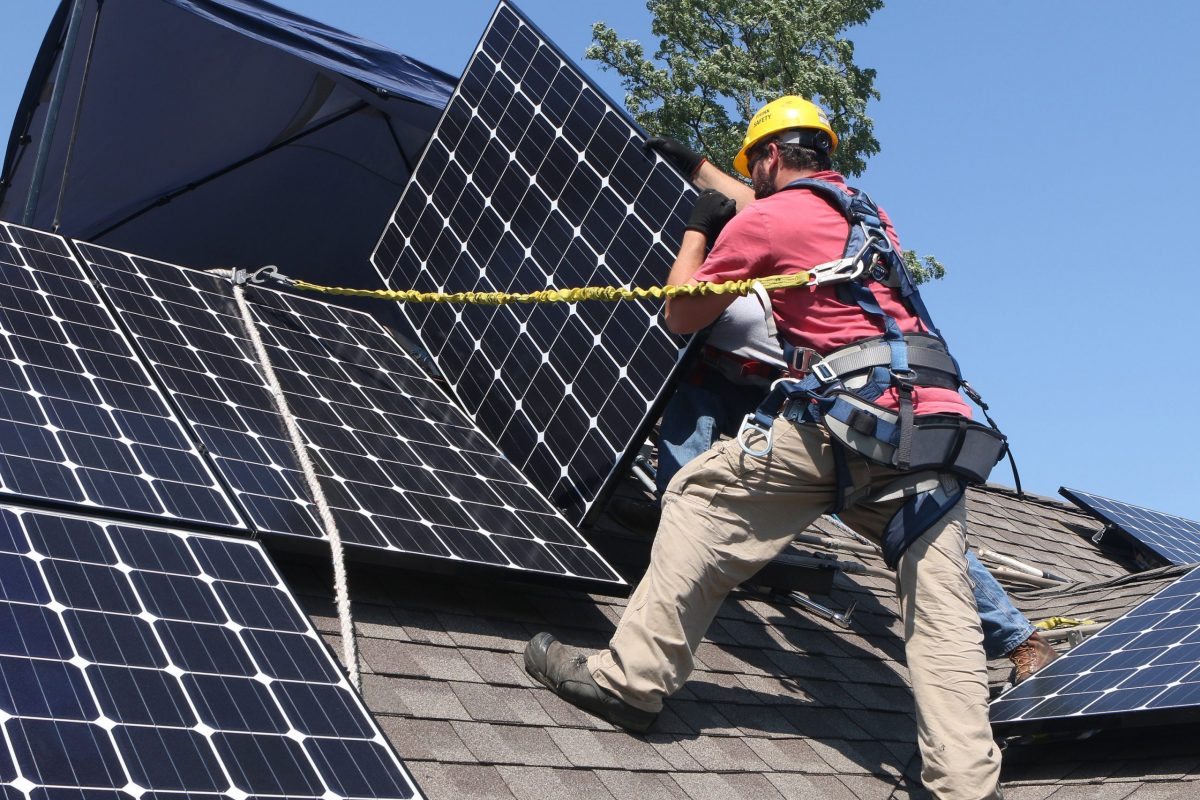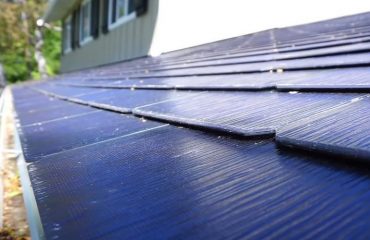Harnessing renewable energy sources like solar and wind is crucial for a sustainable future, but their intermittent nature poses challenges. Long-term energy storage is the key to enabling high levels of renewable energy adoption by balancing supply and demand over extended periods. This article explores the most promising technologies for large-scale, long-duration energy storage, including pumped hydro, compressed air, and flow batteries. We’ll dive into their advantages, limitations, and current state of development, providing a clear overview of the options available to support the transition to a clean energy future. Join us as we unravel the complexities of long-term energy storage and discover the innovative solutions that are paving the way for a greener tomorrow.
Pumped Hydro Storage
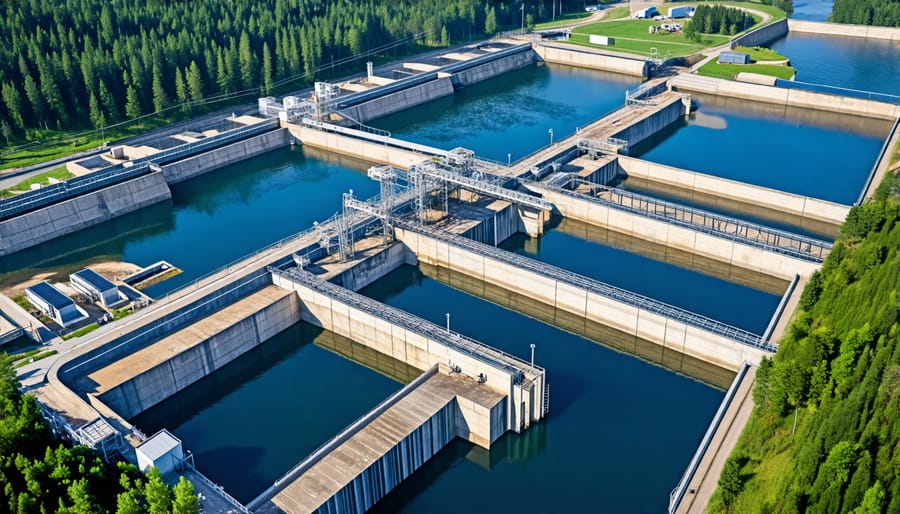
Advantages and Disadvantages
Pumped hydro storage offers several advantages, including a long lifespan of up to 50 years, high efficiency (70-85%), and large storage capacity. It can also provide ancillary services like frequency regulation and voltage support. However, it has some drawbacks, such as high upfront costs, long construction times, and geographic limitations. Suitable sites require specific topography with a sufficient elevation difference between reservoirs. Pumped hydro can also impact local ecosystems and may face challenges in obtaining environmental permits. Despite these limitations, pumped hydro remains the most mature and widely deployed form of large-scale energy storage, accounting for over 95% of global storage capacity. As the need for long-duration storage grows, pumped hydro is expected to play a crucial role in enabling the transition to a renewable energy-based grid.
Notable Examples Worldwide
The Bath County Pumped Storage Station in Virginia, USA, has a capacity of 3,003 MW, making it one of the largest pumped hydro facilities in the world. The Guangdong Pumped Storage Power Station in China boasts a capacity of 2,400 MW, while the Dinorwig Power Station in Wales, UK, can generate up to 1,728 MW. Japan’s Kannagawa Hydropower Plant has a capacity of 2,700 MW, and the Ludington Pumped Storage Power Plant in Michigan, USA, can produce 1,872 MW. These projects demonstrate the immense potential of pumped hydro storage to provide reliable, large-scale energy storage solutions worldwide.
Compressed Air Energy Storage (CAES)
Compressed Air Energy Storage (CAES) is an innovative technology that stores energy by compressing air in underground caverns or tanks during periods of low electricity demand. When energy is needed, the compressed air is released, heated, and expanded through a turbine to generate electricity. CAES systems can store large amounts of energy, with capacities ranging from tens to hundreds of megawatts, making them suitable for grid-scale applications.
The efficiency of CAES systems typically ranges from 60-70%, as some energy is lost during the compression and expansion processes. However, the use of waste heat from nearby industrial processes can improve efficiency. One limitation of CAES is its reliance on specific geographical features, such as underground salt caverns, aquifers, or depleted gas fields, which are not widely available.
Despite its potential, the adoption of CAES has been limited so far, with only a few operational plants worldwide, such as the Huntorf plant in Germany and the McIntosh plant in the United States. The high initial investment costs and the need for suitable geological formations have been the main barriers to widespread deployment. Nevertheless, as the demand for long-term energy storage grows, CAES is expected to play an increasingly important role in enabling the transition to a more sustainable energy system.
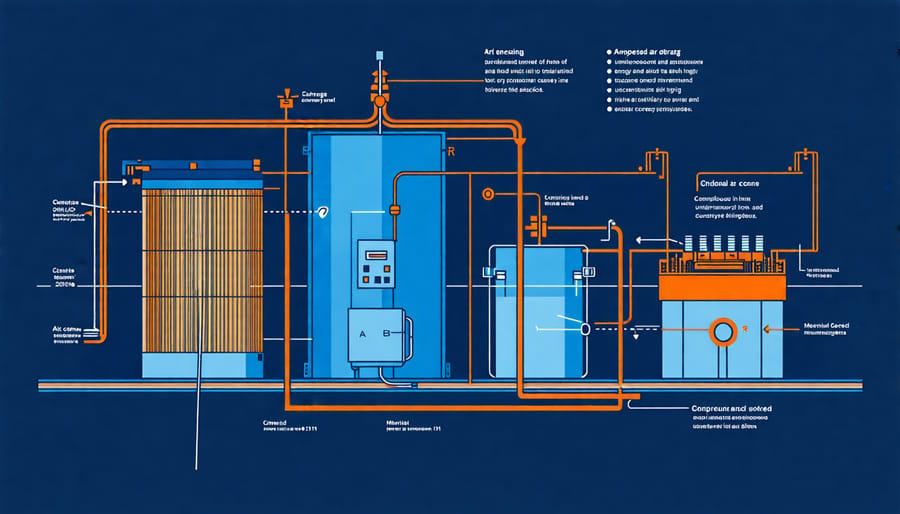
Flow Batteries
Vanadium Redox Flow Batteries
Vanadium redox flow batteries (VRFBs) represent the most mature and promising flow battery technology for long-term energy storage. Unlike conventional batteries, VRFBs store energy in liquid electrolytes containing vanadium ions, which are pumped through a membrane to generate electricity. This design allows for unlimited cycling without degradation, making them ideal for extended use. VRFBs offer several advantages, including high efficiency, long lifespans (20+ years), and the ability to independently scale power and energy capacity. They are also non-flammable and environmentally friendly, as the electrolytes can be easily recycled.
Real-world projects have demonstrated the potential of VRFBs for large-scale energy storage. For example, the Dalian vanadium flow battery in China has a capacity of 200 MW/800 MWh, making it the largest chemical energy storage system in the world. In the UK, a 50 MW/200 MWh VRFB is being developed to support the integration of renewable energy into the grid. As the technology continues to mature and costs decrease, VRFBs are poised to play a significant role in enabling a sustainable energy future.
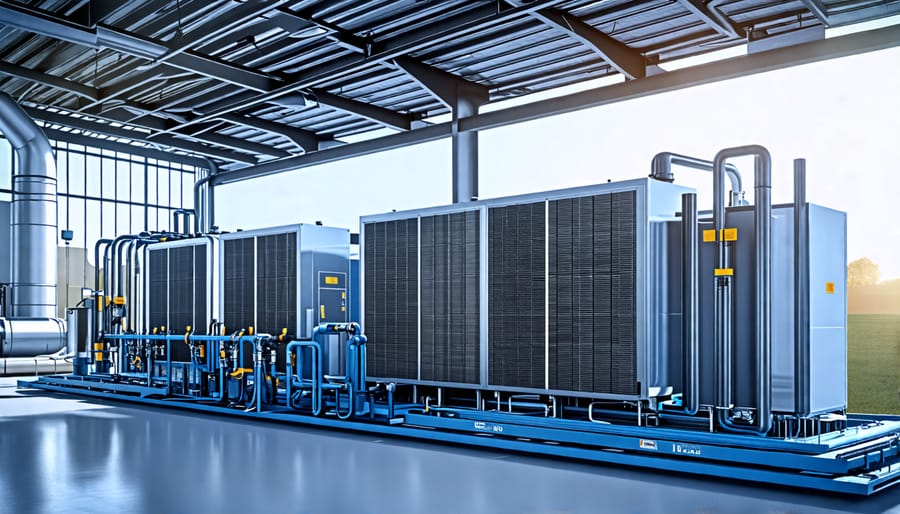
Power-to-Gas (Hydrogen)
Challenges and Opportunities
While long-term energy storage technologies offer immense potential for integrating renewable energy, they also face challenges. Efficiency losses during the storage process can reduce the overall energy output. However, ongoing research aims to minimize these losses and improve round-trip efficiency. Additionally, significant infrastructure needs must be addressed to deploy these technologies at scale. This includes transmission lines, storage facilities, and control systems. The costs associated with building this infrastructure can be substantial.
On the other hand, long-term storage technologies present opportunities for synergy with existing gas networks. For example, power-to-gas systems can produce hydrogen or synthetic methane, which can be transported and stored using current gas infrastructure. This integration could reduce the need for new infrastructure and lower overall costs. Furthermore, repurposing gas networks for energy storage could extend their useful life as the world transitions to cleaner energy sources. By carefully navigating these challenges and seizing opportunities for synergy, long-term energy storage can play a crucial role in enabling a sustainable energy future.
Conclusion
In conclusion, long-term energy storage technologies like pumped hydro, compressed air, and flow batteries are crucial for enabling a high penetration of renewable energy sources in our power systems. These technologies offer unique advantages in terms of storage capacity, duration, and flexibility, making them well-suited for balancing supply and demand over extended periods. As we continue to develop and deploy these solutions, they will play an increasingly important role in our future energy mix, complementing shorter-term storage options like lithium-ion batteries.
To fully realize the potential of these technologies, ongoing research and investment are essential. By improving their efficiency, reducing costs, and overcoming current limitations, we can make long-term energy storage more accessible and cost-effective. This, in turn, will accelerate the transition to a sustainable energy system, reducing our reliance on fossil fuels and mitigating the impacts of climate change.
As we look to the future, there is reason for optimism. With the right policies, incentives, and public support, we can harness the power of long-term energy storage to create a cleaner, more resilient, and more sustainable world for generations to come. By embracing these technologies and working together to overcome the challenges ahead, we can build a brighter, greener future for all.

